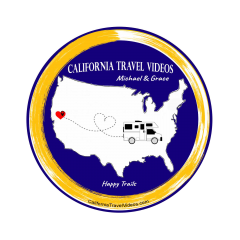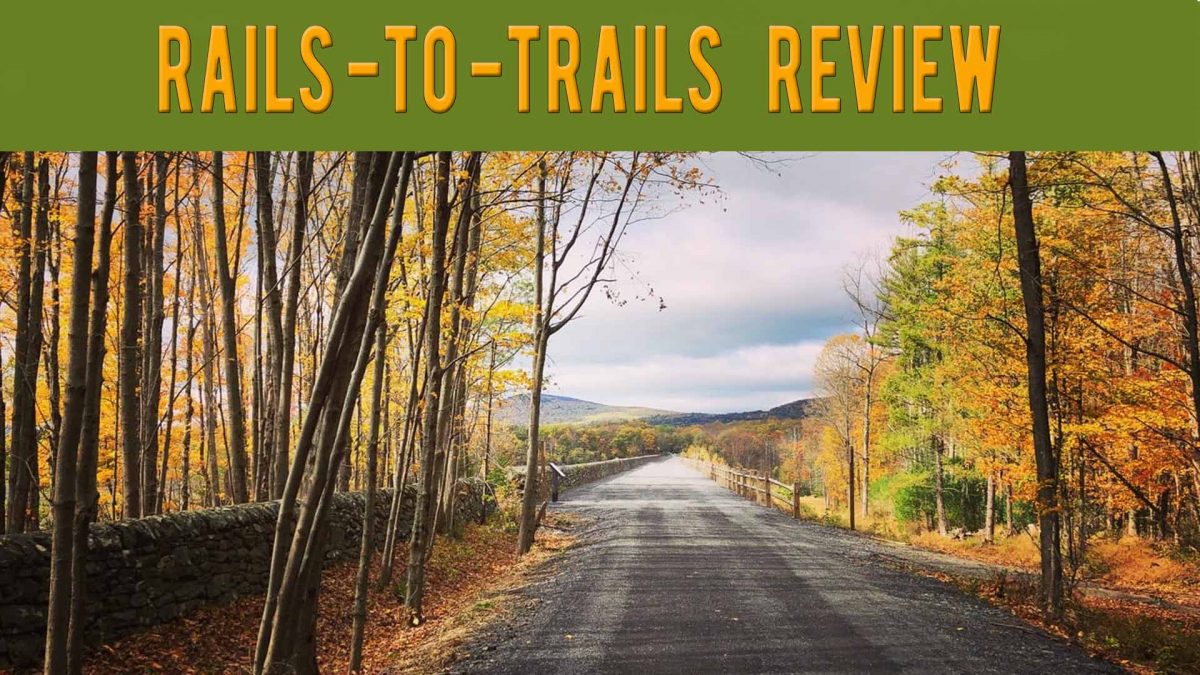Video 40 of our Series, Around the USA in 90 Days!
The history of rails to trails began in the mid 1960’s as a project to convert unused and abandoned train rail tracks, to trails that could be repurposed and used by bike riders as well as walkers, runners, skaters and hikers. Currently there are more than 2,000 trails through-out 50 states providing more than 24,000 miles of rail-trails! There continued dedication has given us many wonderful places and provided scenic trails for tens of millions of people to visit each year. You can find out more about Rails to Trails in the link below. https://www.railstotrails.org/ In this video (taken Sept. 2019) we explore Albany County Helderberg-Hudson Rail Trail Located in New York States Capitol Albany, A great start place to reach the trail can be found at 722 S Pearl St, Albany, NY 12202 The trail stretches 9 miles along the old Delaware & Hudson (D&H) Railroad between the Port of Albany and Voorheesville. The entire length of the Rail Trail, from Pearl Street in Albany to Grove Street in Voorheesville, is fully paved and open for public use during daylight hours. Check current hours as well as any restrictions here: https://www.albanycounty.com/departments/recreation/albany-county-helderberg-hudson-rail-trail For those of us who love the history, Delaware & Hudson (D&H) Railroad originally opened the tracks in 1863 and included stops from Albany to Central Bridge, Delmar, Slingerlands, and New Scotland. By 1864, one could purchase a 20 cent ticket and hop on the steam train in Adamsville (now Delmar) at 8:45 AM and arrive 15 minutes later in Albany! Commuters began to use the D&H for daily travel between their quiet country homes in Delmar, Slingerlands (and later Elsmere) and their offices in Albany. Suburbanization had begun. Incidentally, the use of the word “commuting” to describe this travel activity sprang from early railroad riders getting their fares “commuted,” or reduced, because of how often they rode the trains. Passenger service on this section of the D&H line ended in the 1930s. Freight service continued through the 1990s In our next video we are headed back to Valley Forge National Historical Park in Pennsylvania


